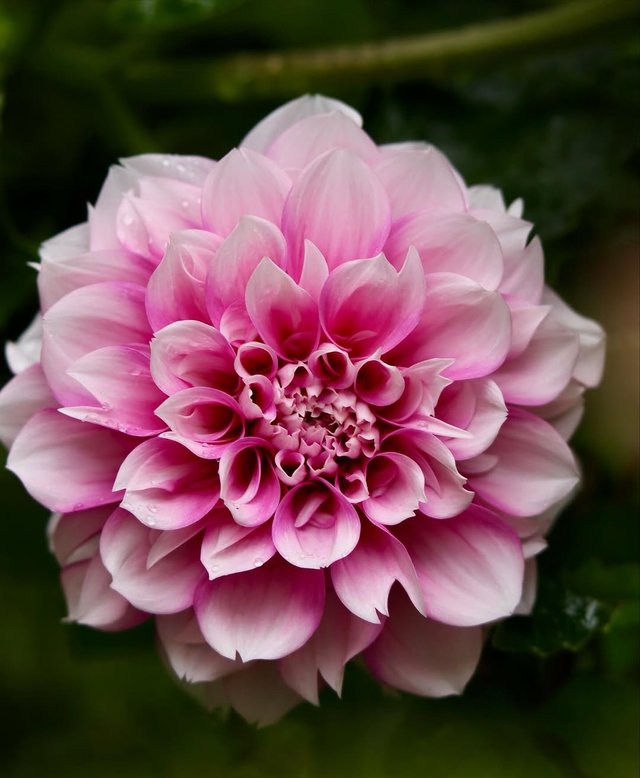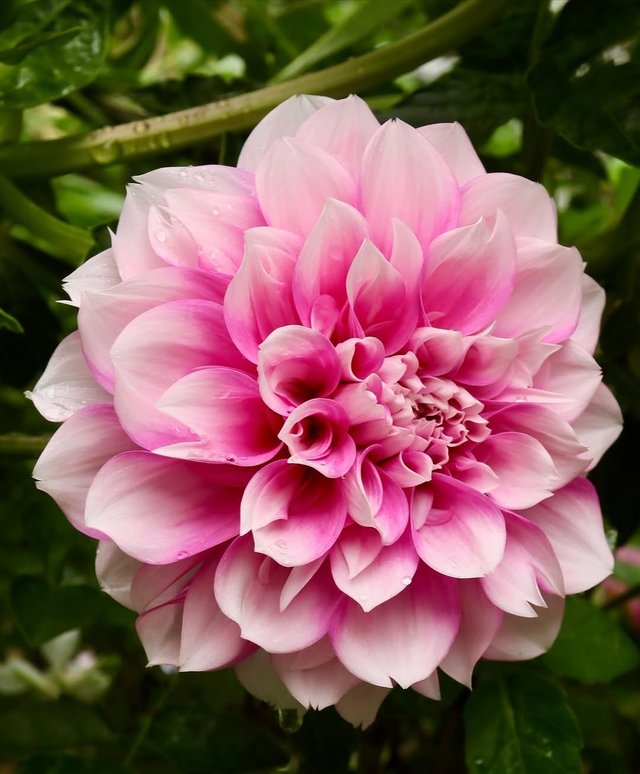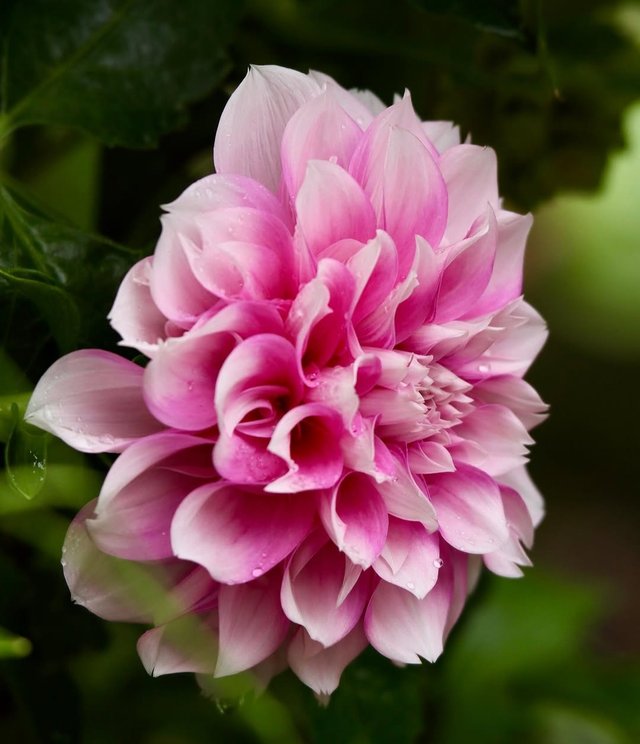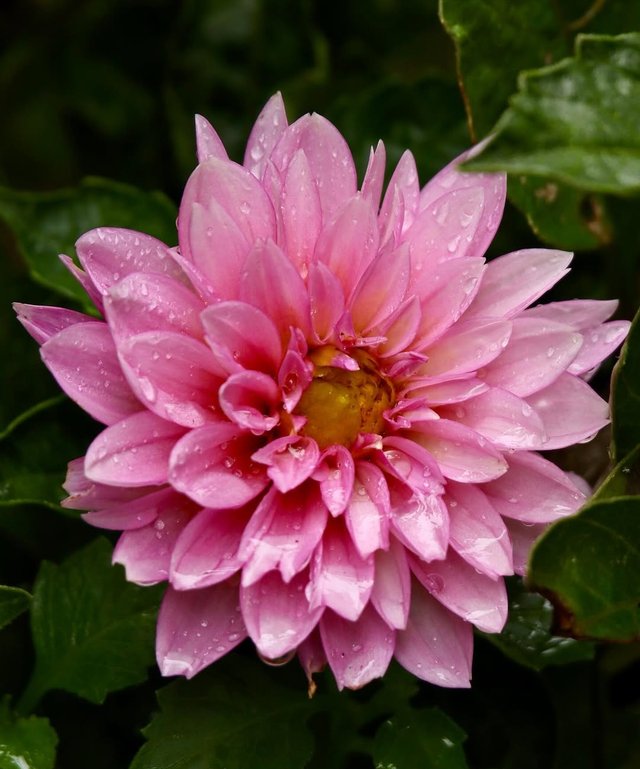Dahlia Pinnata Flower
Dahlia pinnata, often simply referred to as the dahlia, is one of the most celebrated flowering plants in ornamental horticulture. Native to Mexico, this striking plant belongs to the family Asteraceae, the same family as sunflowers, daisies, and chrysanthemums. Known for its dazzling diversity of flower forms, colors, and sizes, Dahlia pinnata has become a beloved garden favorite across the world, symbolizing elegance, inner strength, and creativity.
Origins and History
The dahlia traces its roots to the high plains of Mexico and Central America, where it was cultivated by the Aztecs long before European contact. The Aztecs valued dahlias not only for their beauty but also for their practical uses; their hollow stems were used to transport water, and the tubers were sometimes consumed as food. The plant was introduced to Europe in the late 18th century, where it quickly gained attention for its adaptability and ornamental value. Over time, breeders developed countless cultivars, making Dahlia pinnata one of the most hybridized and varied ornamental plants today.
Botanical Characteristics
Dahlia pinnata is a herbaceous perennial with tuberous roots, though in colder climates it is often treated as an annual. The plant typically grows between 1 to 6 feet tall, depending on the variety, with sturdy, hollow stems that support large, showy flower heads. The leaves are pinnate, giving the plant its species name, and are usually deep green with a slightly serrated edge.
The flowers of Dahlia pinnata are what make the plant extraordinary. They can range from small, delicate blooms to giant "dinner-plate" varieties that span over 12 inches across. Petals come in nearly every color imaginable—except true blue and black—and can be solid, bi-colored, or patterned. Shapes also vary dramatically, from cactus-like spiky petals to tightly rolled pompons and soft, rounded decorative forms.
Cultivation and Care
Growing Dahlia pinnata successfully requires some attention but rewards the gardener with months of continuous blooms:
Soil: Dahlias prefer well-drained, fertile soil enriched with organic matter.
Sunlight: They thrive in full sun, requiring at least 6–8 hours of direct light daily.
Watering: Regular watering is crucial, but overwatering should be avoided, as tubers may rot in soggy conditions.
Support: Tall varieties often need staking to keep their heavy blooms upright.
Winter Care: In regions with frost, tubers are dug up after the first frost, stored indoors through winter, and replanted in spring.
Dahlias are also popular with pollinators, especially bees and butterflies, making them not just ornamental but ecologically beneficial in gardens.




%20(8).jpeg)